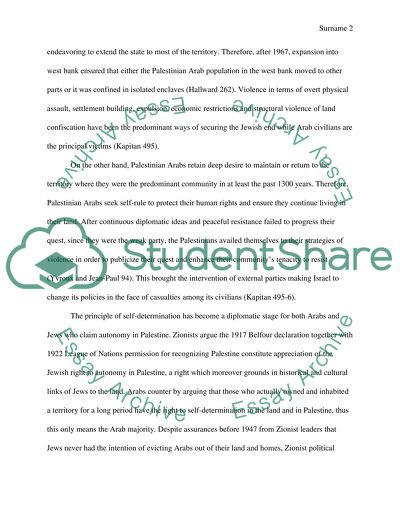Cite this document
(“The Causes Of The Palestinian Israeli Conflict Essay”, n.d.)
The Causes Of The Palestinian Israeli Conflict Essay. Retrieved from https://studentshare.org/history/1476809-what-are-the-causes-of-the-palestinian-israeli
The Causes Of The Palestinian Israeli Conflict Essay. Retrieved from https://studentshare.org/history/1476809-what-are-the-causes-of-the-palestinian-israeli
(The Causes Of The Palestinian Israeli Conflict Essay)
The Causes Of The Palestinian Israeli Conflict Essay. https://studentshare.org/history/1476809-what-are-the-causes-of-the-palestinian-israeli.
The Causes Of The Palestinian Israeli Conflict Essay. https://studentshare.org/history/1476809-what-are-the-causes-of-the-palestinian-israeli.
“The Causes Of The Palestinian Israeli Conflict Essay”, n.d. https://studentshare.org/history/1476809-what-are-the-causes-of-the-palestinian-israeli.


